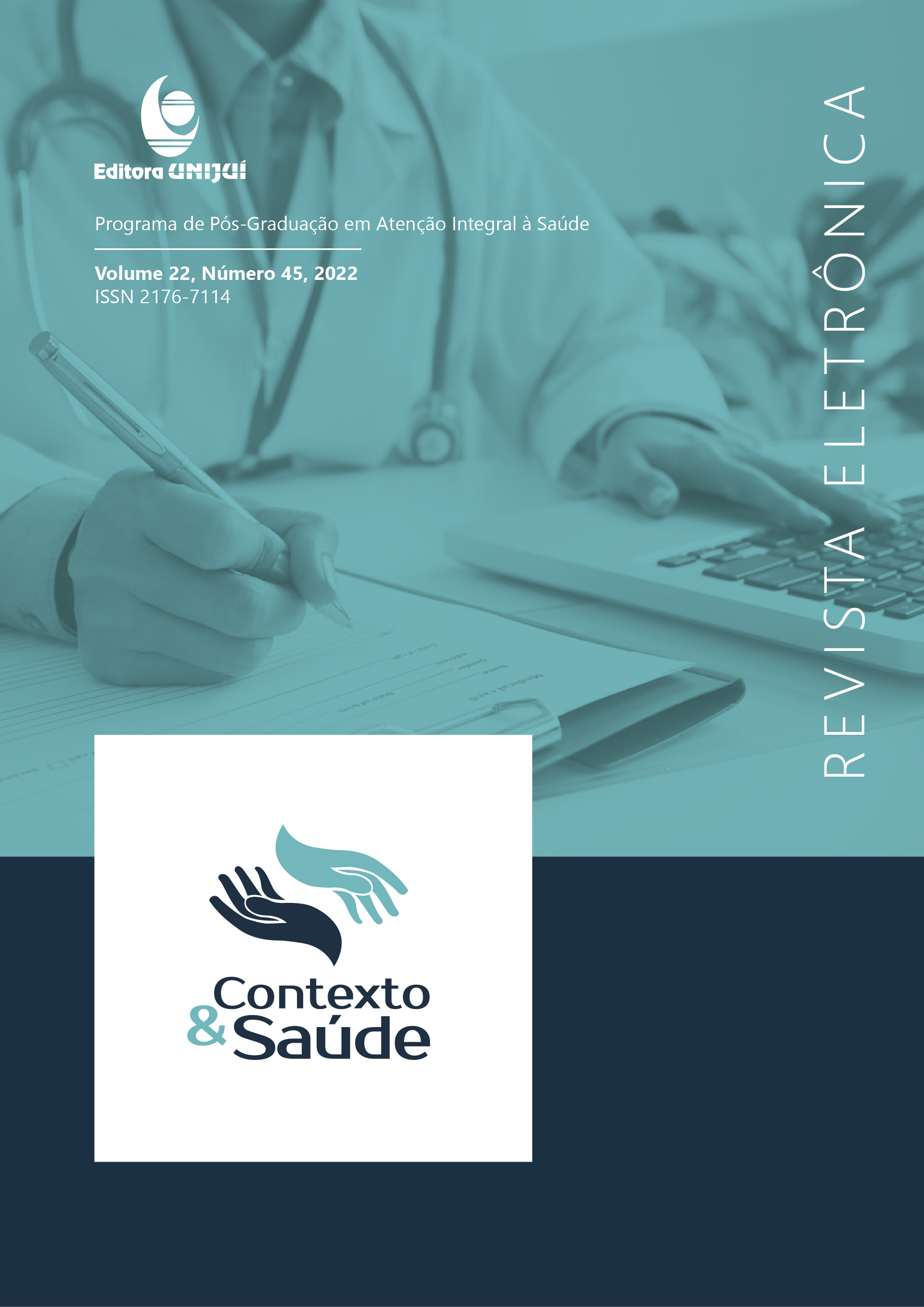Iron deficiency anemia among adolescents participating of the Bolsa Família Program: Analysis in the light of health conditionalities
DOI:
https://doi.org/10.21527/2176-7114.2022.45.12615Keywords:
Anemia Ferropriva, Saúde do Adolescente, Políticas e Programas de Alimentação e Nutrição, Vigilância NutricionalAbstract
Objective: Assess the proportion of cases of iron deficiency anemia among adolescents and discuss it in light of the health conditionalities of the Bolsa Família Program (BFP). Methodology: Quantitative cross-sectional study with a sample of 165 adolescents, ages between 10 and 18 years, both sexes, participating in the PBF in the municipality of Lavras-MG. Anemia was detected trough digitally puncturing a drop of blood using a Hemocue® portable hemoglobinometer. Food security status, nutritional status and food consumption were evaluated. Results: The prevalence of anemia was 26%, which is classified as a moderate public health problem. The presence of anemia was associated with the consumption of fried goods (p = 0.020), chocolate milk (p = 0.042) and stuffed biscuits (p=0.045). Overweight was found in 21.8% of female adolescents, and 12.6% of male adolescents. Food insecurity prevalence was detected in 42.5% of adolescents. Conclusion: Unpublished data on the high prevalence of anemia among adolescents participating in the BFP in the city of Lavras-MG are presented in this research. These results show that despite advances in the proposal of public policies to fight anemia, they are not reaching this age group. Specifically, the BFP is a public policy that contributes to the prevention and fight against anemia, however changes in its methodological design are necessary, especially health conditionalities, so that we can see an effective decrease in the prevalence of anemia among adolescents, and consequently effective improvements in their quality of life and health.
Downloads
Published
How to Cite
Issue
Section
License

This work is licensed under a Creative Commons Attribution 4.0 International License.
By publishing in Revista Contexto & Saúde, authors agree to the following terms:
The works are licensed under the Creative Commons Atribuição 4.0 Internacional (CC BY 4.0) license, which allows:
Share — to copy and redistribute the material in any medium or format;
Adapt — to remix, transform, and build upon the material for any purpose, including commercial.
These permissions are irrevocable, provided that the following terms are respected:
Attribution — authors must be properly credited, with a link to the license and indication of any changes made.
No additional restrictions — no legal or technological measures may be applied that restrict the use permitted by the license.
Notes:
The license does not apply to elements in the public domain or covered by legal exceptions.
The license does not grant all rights necessary for specific uses (e.g., image rights, privacy, or moral rights).
The journal is not responsible for opinions expressed in the articles, which are the sole responsibility of the authors. The Editor, with the support of the Editorial Board, reserves the right to suggest or request modifications when necessary.
Only original scientific articles presenting research results of interest that have not been published or simultaneously submitted to another journal with the same objective will be accepted.
Mentions of trademarks or specific products are intended solely for identification purposes, without any promotional association by the authors or the journal.
License Agreement (for articles published from September 2025): Authors retain copyright over their article and grant Revista Contexto & Saúde the right of first publication.

